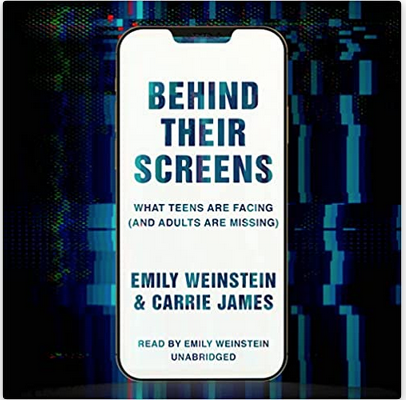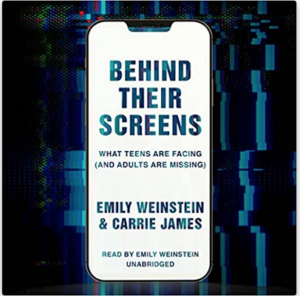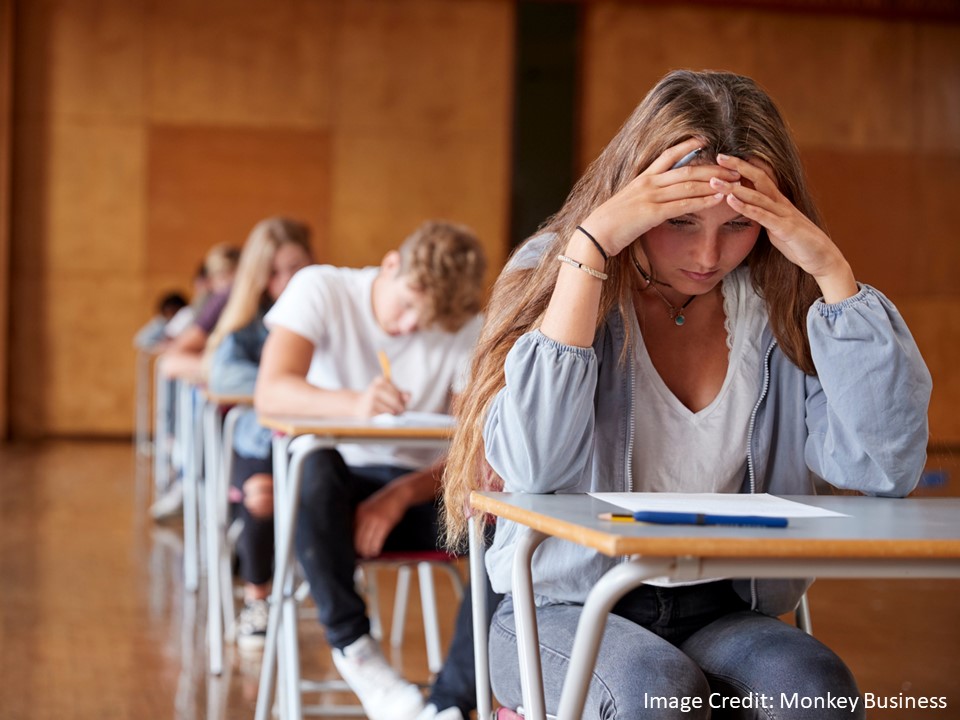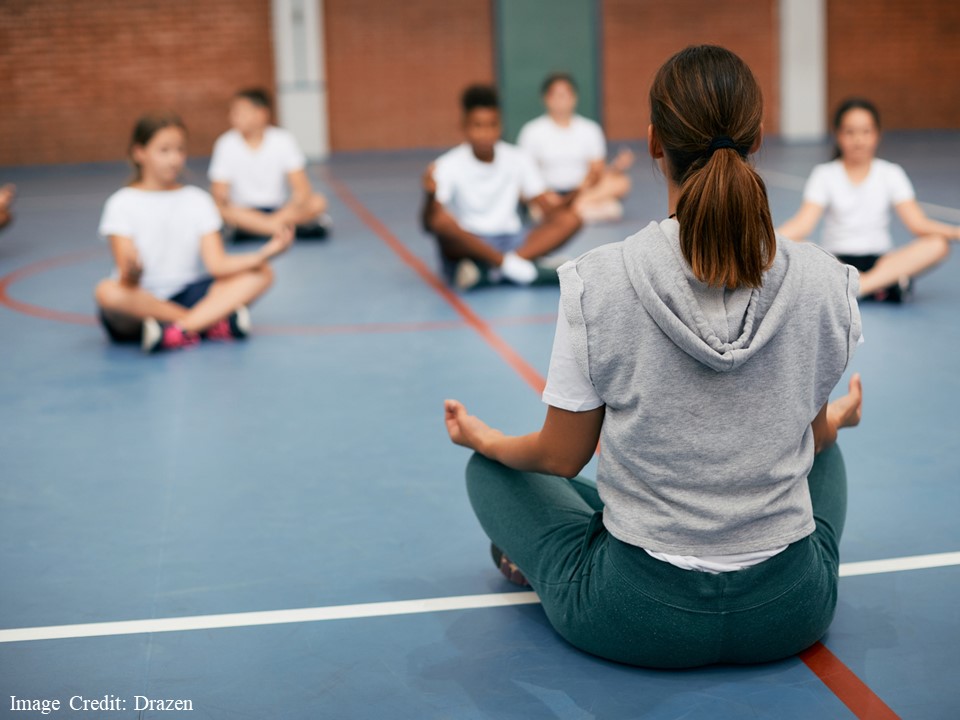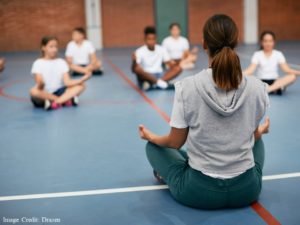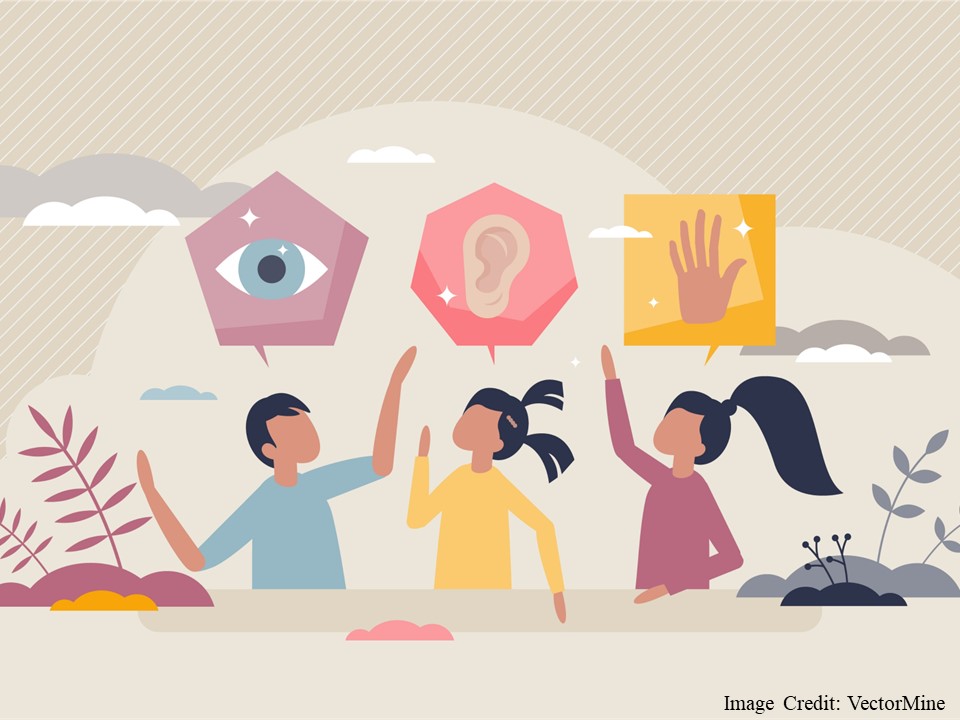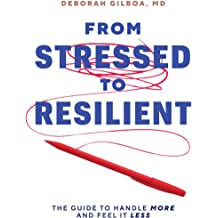Should students use cameras to take pictures of boardwork?
My high school students know my fierce anti-cell-phone policy. Nonetheless, they do occasionally ask if they may take a quick picture. (I typically say yes, and then check to be sure the phone goes back in the bag.)
When I do PD work at schools, or present at conferences, teachers take pictures of my slides ALL THE TIME.
Of course, the fact that students and teachers want to take those pictures doesn’t automatically mean that it’s a good idea to do so.
In fact, we have several reasons to think it’s a bad idea.
First reason: those photos might serve as subtle hint to our brain’s memory systems: “you don’t need to remember this, because you’ve got a photo.”
Second reason: the act of taking a photo might distract students (and teachers) from the content we’re discussing.
For example: If my students are thinking about framing the photo correctly (and using a cool filter), they’re NOT thinking about the ways that Fences combines both comic and tragic symbols.
Third reason: we’ve got research!
Check this out…
Prior Knowledge
Researchers have looked at this question for several years now.
In several studies, for instance, researchers asked participants to tour a museum and take pictures of various works of art.
Sure enough, later tests revealed that people remember more about the artwork they didn’t photograph than the artwork they did photograph.
As predicted above, something about taking a photograph made it harder – not easier – to remember the content.
For all these reasons, it seems, teachers might reasonably discourage students from taking photos.
At the same time, we should probably keep asking questions.
In particular, we should acknowledge that museum photography probably isn’t a good stand-in for classroom photography.
That is: my students (and teachers during PD) probably take photographs to help themselves remember important ideas, concepts, and examples. In museums, people might take pictures because that statue is so cool and beautiful!
The museum research offers a useful and interesting baseline, but we’d love some research into … say … actual classrooms.
Cheesemaking, and Beyond!
Well, I’ve got good news. A research team — led by Dr. Annie Ditta at the University of California, Riverside — has indeed started exploring exactly these questions.
In their studies, Team Ditta had students watch 3 short online video lectures about obscure topics. (Like, cheesemaking. No, I’m not joking.)
Participants took pictures of half of the slides.
Here’s the primary question: did students remember more information from the photographed slides, or the unphotographed slides?
SURPRISE! Taking pictures helped students remember the information on the slide.
For the reasons listed above, I did not expect that result. In fact, the researchers didn’t either.
But, those photos really helped.
In one study, students got 39% of the questions right for the slides they photographed, and 29% right for the ones they didn’t. (Stats folks: Cohen’s d was 0.41.)
Given how EASY this strategy is, we should really pay attention to this finding.
By the way, Dr. Ditta’s study explored some other questions as well.
First: students remembered info from photographed slides better both when they decided which slides to photograph and when they were told which ones to photograph.
So, if we tell students to “photograph this information,” we (probably) don’t disrupt the benefit.
Second: what about spoken information?
Common sense suggests that taking a picture won’t help remember spoken ideas (if those ideas aren’t written on the slide). In fact, taking that picture might distract students from the spoken words.
Strangely, in this research, Team Ditta came up with mixed – and surprising – results. In one study, taking a picture made no difference in memory of spoken material. In the other, it benefitted memory of spoken material.
WOW.
So, What Should Teachers Do?
Before we rush to apply research in our classrooms, we always want to ask a few questions.
In this case, I think we should have LOTS of questions.
First: Dr. Ditta’s research looked at brief, online lectures for college students.
Do these conclusions apply to longer classes? To in-person classes? For K-12 students? To students who aren’t neurotypical?
We just don’t (yet) know.
Second: participants in these studies didn’t do anything with the photos. They simply took them.
Would we find the same pattern for students who reviewed their photos, compared to – say – reviewing their notes?
We don’t (yet) know.
Third: participants were tested on their knowledge 5 minutes after the videos were done.
We’ve got LOTS of research showing that short-term gains don’t necessarily result in long-term learning.
So, would these findings hold a week later? A month later?
We don’t (yet) know.
Given all the things we don’t know, how can this research benefit us?
For me, these studies open up new possibilities.
In the past, as I described above, I permitted students (and teachers) to take photos. But I tried to discourage them.
I would even – on occasion – explain all the reasons above why I thought taking photos would reduce learning.
Well, I’m no longer going to discourage.
Instead, I’ll explain the complex possibilities.
Perhaps taking photos helps memory because it signals that THIS INFORMATION DESERVES ATTENTION.
Or, perhaps taking photos helps only if students DON’T review before tests. But, taking notes would help more … especially the students who DO review before tests.
And perhaps, just perhaps, this research team got flukey results because even well-done research sometimes produces flukey results. Future classroom research about taking photos of slides might ultimately suggest that (despite this thoughtful work), it really is a bad idea.
I wish the answer were simpler, but it just isn’t.
TL;DR
Surprising new research suggests that taking photos of lecture slides helps college students remember slide contents – even when students don’t review those photos.
Before we teachers rush to make dramatic changes, we should think carefully how this research fits our classrooms and contexts.
And, we should weigh this memory strategy against lots of other strategies – like retrieval practice.
Finally: let’s all watch this space!
Ditta, A. S., Soares, J. S., & Storm, B. C. (2022). What happens to memory for lecture content when students take photos of the lecture slides?. Journal of Applied Research in Memory and Cognition.
Soderstrom, N. C., & Bjork, R. A. (2015). Learning versus performance: An integrative review. Perspectives on Psychological Science, 10(2), 176-199.






